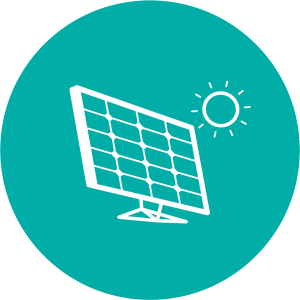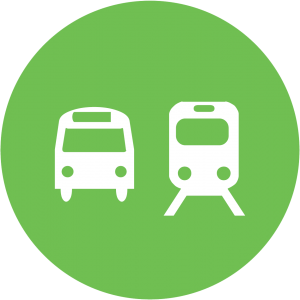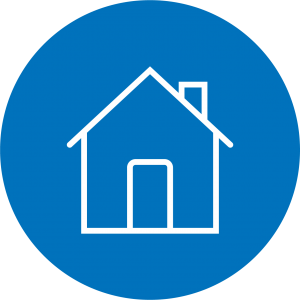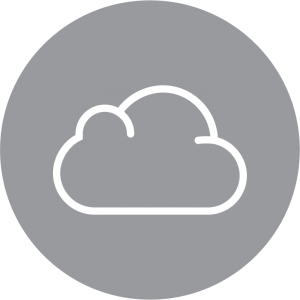Climate action starts with you! Here are simple actions you can take today to begin reducing your climate impact.
See the full list of climate actions on our “Household Energy Actions” handout.
.
Clean Energy
Commit to solar. Electricity emissions are the largest part of our carbon community footprint. Install solar panels on your home or business, or enroll in the Rocky Mountain Power Subscriber Solar Program.
Invest in Blue Sky. For a low monthly cost you can participate in the Rocky Mountain Power Blue Sky renewable energy program and help bring new renewable energy facilities on-line.
Solar Simplified. SolarSimplified.org provided comprehensive solar information and tools to help expand Utah’s solar market and streamline the solar process.
.
Reduce Your Energy Use
Adjust your thermostat. Every degree saves 3% on cooling/heating – set to 60 F at night or unoccupied during winter and 78 F in summer. Dirty furnace filters waste energy and should be changed every three months.
Use cold water setting for the clothes washer. Heating water consumes a lot of energy – 90% of the total needed to wash your clothes – always use a cold-water setting and detergent.
Replace lights with LEDs. 90% of the energy used lighting an incandescent bulb goes towards generating heat, not light. LED lighting is the cheapest lifecycle cost option – purchasing plus operating costs – and Rocky Mountain Power offers great incentives for homes and businesses.
.
Sustainable Food
Reduce your meat consumption. Choose foods that are less carbon-intensive and water intensive, such as fruits, vegetables, and grains. Going vegetarian once a week will reduce your household footprint by 700 pounds of CO2 annually.
Dine with Discretion. Dining with Discretion gives you the power to make local decisions that have a global impact. Besides reducing animal product consumption, there are several other ways to take action and decrease your carbon footprint.
Take back the tap. In Salt Lake City, your tap water is safer, cheaper, and more sustainable than bottled water. Stop buying bottled water and use refillable bottles instead.
Recycle your food scraps. Residents in select areas of Salt Lake City can sign up for residential curbside food waste recycling through Momentum Recycling. Those looking for a free option can drop off their food waste at Wasatch Resource Recovery. All types of food waste is accepted through these programs. It is converted into renewable natural gas and organic fertilizer using anaerobic digestion.
.
Transportation
Ride with Hive. This program makes transit more affordable and accessible. The Hive Pass offers a 50% discount to Salt Lake City residents and covers use on regular buses, TRAX, and the S-Line Streetcar.
GreenBIKE. GREENbike is a low-cost bike-sharing program available in downtown Salt Lake City, helping to meet the transportation, health, and environmental needs of the community.
Inflate your tires. Regularly check and inflate your tires to improve MPGs by 3% – more tips to save fuel at FuelEconomy.gov.
.
Around the Home
Ditch the disposables. Manufacturing bottles, cans, and other drink containers takes energy and creates emissions. Reduce your footprint and save cash by using reusables. SLC residents can explore SLCgreen for many more waste tips and additional ways to save, like downsizing your garbage can. Moving from a 90-gallon bin to a 40-gallon bin will save you $87 / year on your trash bill.
Weatherization. Weatherizing your home helps you save money by saving energy, and it can also improve the comfort of your home.
Incentives & rebates. Explore available incentives and rebates for energy conservation.
.
Improve Air Quality
Stay informed. Sign up for air quality email alerts provided by the Utah Department of Air Quality, or download the UtahAir app for iPhone or Android. Take action on “voluntary” days– those days when an inversion is forecasted but air pollution is not yet unhealthy. This is when we have the greatest opportunity to make a difference!
Wood burning. One of the most common sense measures is to not burn wood in the winter. Wood burning is a big polluter — one wood burning stove puts out as much pollution as 3,000 natural gas furnaces or 90 sport utility vehicles!
Stay idle free. This is one of the easiest things you can do to have a positive impact. Idling wastes gas and money and adds unnecessary pollution into our air. Plus when you idle, you’re exposing yourself and your passengers to higher levels of harmful pollutants.
Avoid VOC’s. VOC’s can be a big problem and they’re in a lot of products—so you use low-VOC paint, non-aerosol personal care products, and other home supplies like carpet cleaner and air freshener that are certified by the EPA’s “Design for Environment” program.
Electrified transportation. From ozone in the summer to particulate matter pollution in the winter, we are consistently breathing in harmful pollution. Transportation accounts for most of our local air pollution. Electric cars are the cleanest option for passenger vehicles – they don’t even have tailpipes!
.






